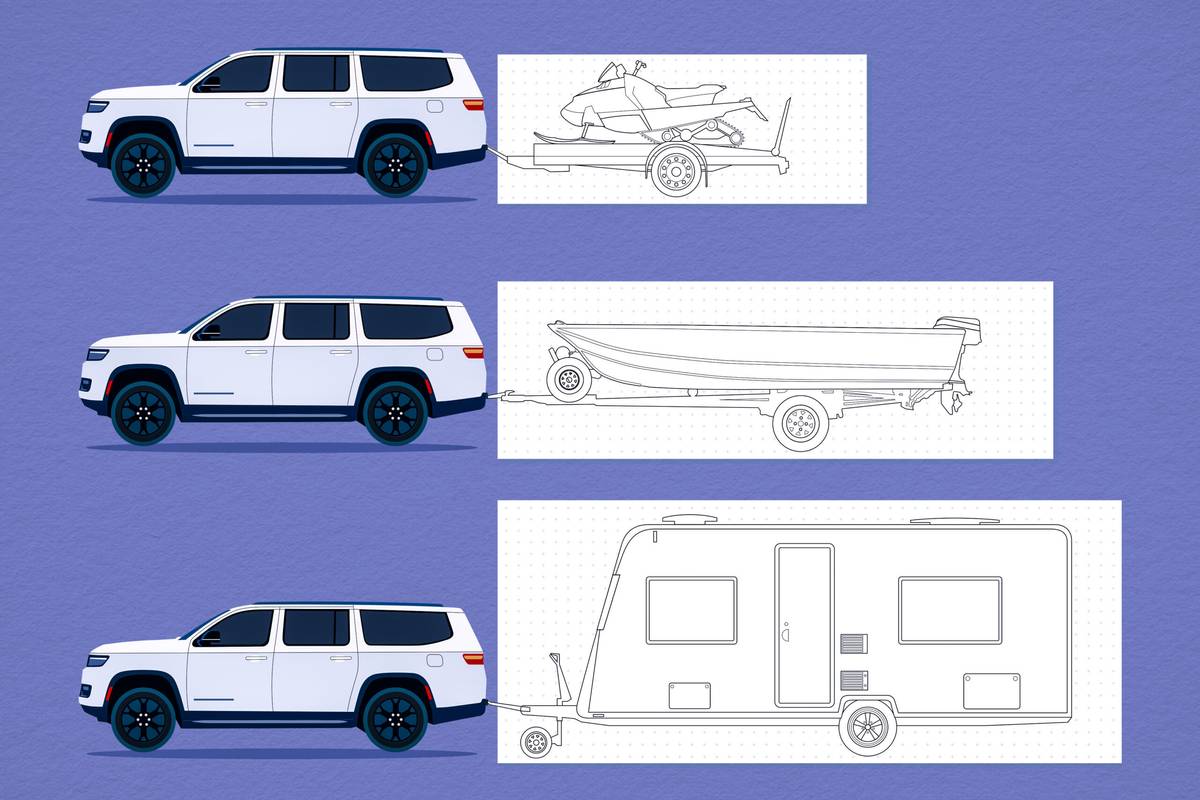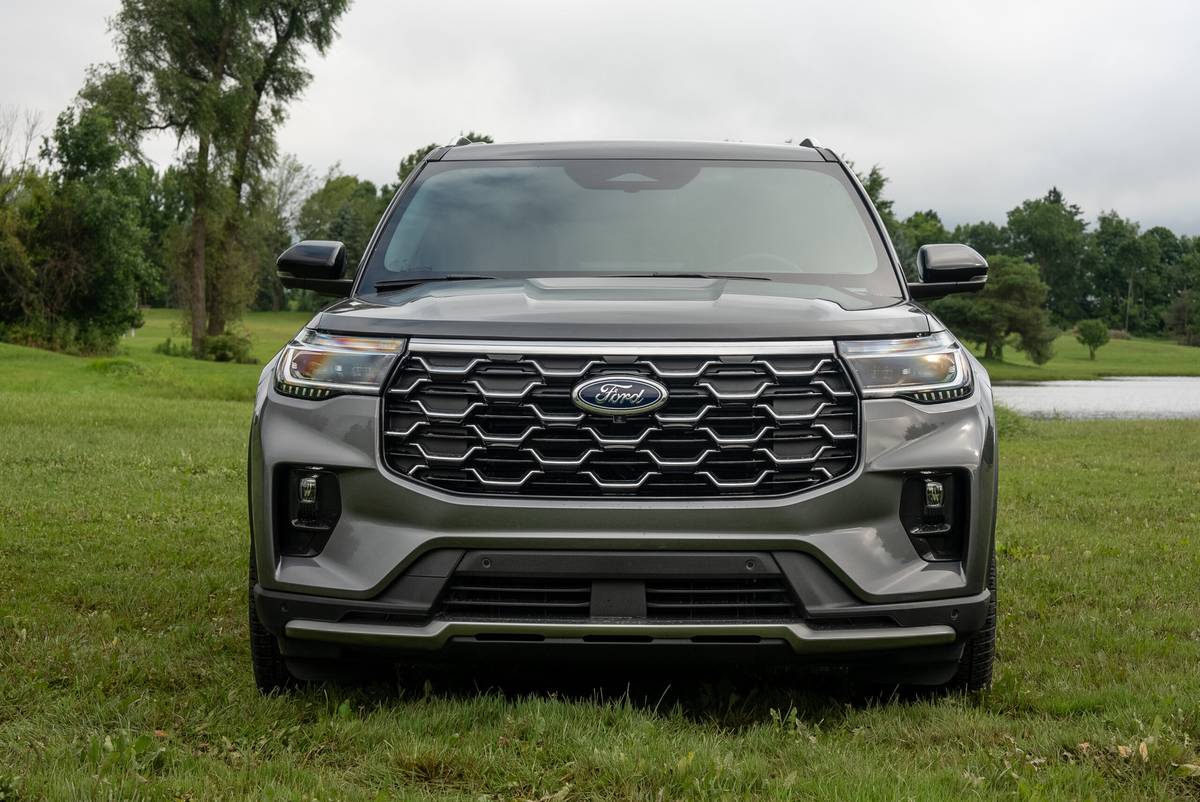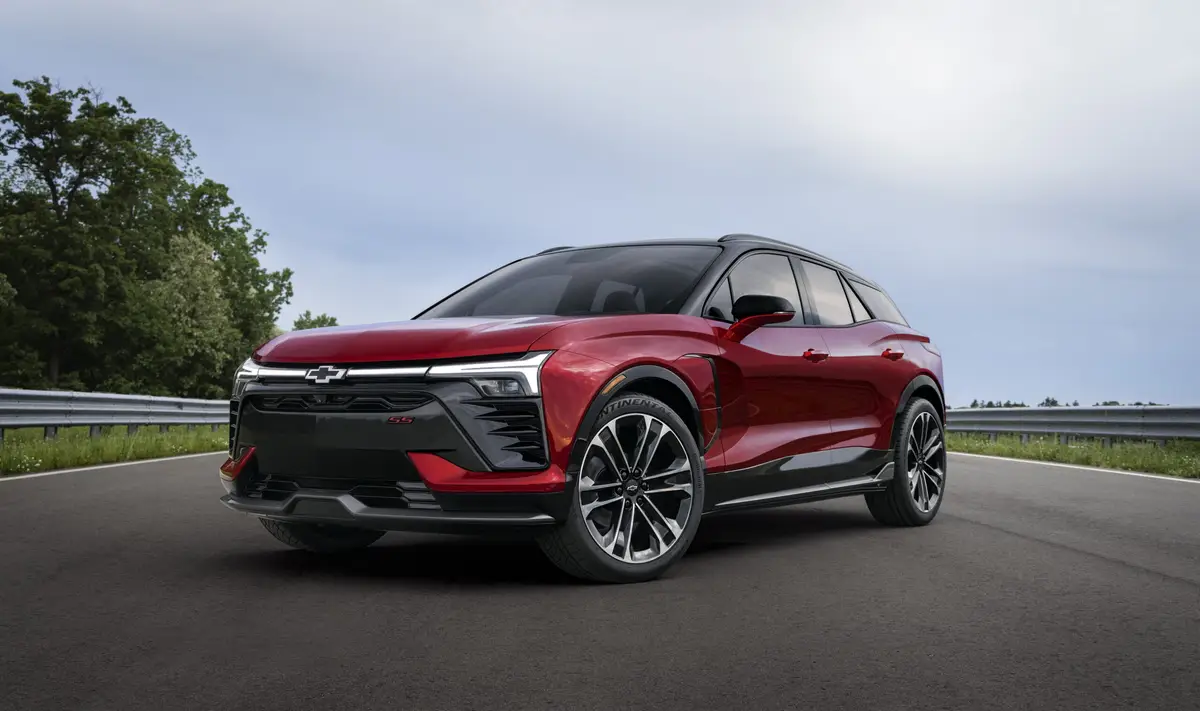2014 Toyota Tundra: First Drive
Although it's been a long time coming — approximately seven years since the last generation's introduction — the 2014 Tundra is not the major redesign many expected. Even Toyota is calling this a "minor" change, emphasizing that the 2014 Tundra has a new exterior look with many interior improvements specifically designed to resonate more strongly with loyal Toyota customers than to conquer new buyers.
Some may question, and rightfully so, why Toyota is simply offering what is essentially a midmodel refresh when all the other full-size half-ton players have a much more aggressive strategy when attacking this recovering — and growing — segment. So let's provide some context.
When Toyota first announced its intentions in 2003 to build a full-size truck plant in San Antonio, the original cost estimates were less than $1 billion — a hefty investment to be sure, although maybe not a bad price for a state-of-the-art production facility with supplier production plants on site. At the time, the full-size pickup truck market was well above 2 million units per year.
Not long after Toyota started construction of the new facility, estimates climbed to $1.4 billion as changes were made. By the time the plant was finished 2006 and both full-size Tundras and midsize Tacomas were rolling off the line (in 2010–it's the only plant in the world that makes both large and small pickups), the total investment costs for the Texas plant were just over $2 billion — more than double what Japanese leadership agreed to at the beginning of the process.
Then the economy fell off a cliff, and Tundra sales were cut by more than half in just two years.
That kind of financial punch to the stomach for a conservative corporation like Toyota leaves an impression with executives who typically have long memories. By the time the Tundra was ready for its third-generation updates, it was difficult for the U.S. engineering and design team to get the money necessary for a full revamp of the pickup, especially at a time when the U.S. economy was showing just small regional gains in growth.
From our point of view, this is the most logical explanation why the 2014 Tundra didn't get any chassis, powertrain or other advanced performance enhancements; the U.S. team was given a limited pile of cash to work with and upgrades had to be prioritized. Clearly, the loudest voices (we'll assume from customers) complained about how the second-gen Tundra looked, inside and out.
Before we dive into the changes on the third-gen Tundra, we want to make clear there are no powertrain changes (it still offers three DOHC engines: a 4.0-liter V-6, a 4.6-liter V-8 and a 5.7-liter V-8), no wheelbase or bed length changes (still three each) and no cab configuration changes (still regular, double cab and CrewMax). Toyota tells us that each of these areas will see changes in the future, but these 2014 updates focus on three key areas: exterior, interior and a small amount of suspension tuning.
Exterior Design
The most obvious changes to the new Tundra were primarily motivated by customer clinics, which described the second-generation Tundra as too round and dull ("bubbly"), looking a bit bloated. That made the solution pretty simple: sharpen up the front and rear lines with tight angles to make it more aggressive looking. The result is a taller and wider front grille for each of the five trim packages (SR, SR5, Limited, Platinum and 1794 Edition), each with their own muscular and blocked look.
The taller headlights are now a simpler and cleaner-looking single bulb design; the front grille has been reshaped with trapezoidal cuts at the bottom corners (like the Ram?); and the bigger inner grille slots have a chiseled, billetlike look that changes slightly between the five trims. Additionally, both the front and rear bumpers have a new three-piece design (two outers and a beefier center section) that will also allow for more trim-level distinction, as well as making it easier to repair.
The Southern California design team also gave the side of the truck a more substantial look with the help of side-cut fender flares incorporated into the quarter-panel stamped steel. Around back, there are new taillights and a newly designed tailgate that includes an integrated spoiler and a branding-iron-like Tundra name stamped into the lower-right face. Interestingly, in order to squeeze out every possible extra tenth of a mile per gallon (without significant weight reduction), Toyota engineers have incorporated several "vortex generators" into the side mirrors and on the taillights in an attempt to smooth out turbulent air as it moves around the truck at speed. These little plastic fins are supposed to create low-pressures zones at the side of the truck; this added pressure, in addition to reducing wind friction, is also supposed to smooth and stabilize the ride and handling of the truck. Maybe that's not such a big deal when running near maximum payload, but when driving a pickup empty — which most of us do the majority of the time) — we appreciate the attention to this small detail.
There are no changes to any of the three bed choices (8-foot, 6.5-foot or 5.5-foot) in the form of added storage, bed access or tie-down technology. The same drop-in bedliners and cargo rail systems are still an option across all lineups.
Interior Design
Inside the cabin is where the new Tundra offers more significant changes. The entire gauge cluster and center stack has been redesigned and configured, and it's a huge improvement. Gone are the barrel-type gauge readouts in favor of the more conventional (among pickups) open-face dials that offer large engine rpm and speedometer readouts, with smaller crankcase, engine coolant, fuel and battery status gauges at each corner. Additionally, all 2014 Tundras offer a center LCD information screen (between the two main gauges) that allows drivers to scroll through other safety, engine and fuel economy data via a steering-wheel button.
The new layout is much simpler to use and easier to see, and it provides more information than ever before, a vast improvement over the second-gen layouts.
Regarding the new center stack, gone is the "split-use" strategy that made it difficult for the driver to reach the climate and radio controls. The entire grouping of dash controls has now been moved almost 3 inches closer to the driver, allowing a more comfortable reach, and the knob labels and the number of buttons have been simplified as well.
The interior designers did a great job of creating little cutouts in the dash and center console, providing tons of small niches and slots to hold phones, wallets, maps, keys or anything else small in size. In addition, the doors now offer a multitiered storage area strategy. The center console is about 10 percent larger.
SR — Tundra's designated Work Truck Package — and SR5 models will offer a 40/20/40 bench or bucket seats, with CrewMax cabs (available for SR5 and standard for Limited, Platinum and 1794 Edition) offered with redesigned front bucket seats. A big change for CrewMax buyers will be the loss of sliding adjustable rear seats; instead the cab will offer seatbacks mounted to the cab wall at a good angle, allowing the seat bottoms to flip up (similar to all the crew-cab competitors in the segment), allowing for more storage capacity. In fact, where the old seatbacks had to flip forward to lie flat, this new setup lowers the load-in height through the rear doors by more than 11 inches. Oddly, the CrewMax floor height has a big bump under the seats that is not present in the double-cab model, limiting a flatter floor by a small amount. We expect that to be addressed when the chassis and frame get its next update.
Drive Impressions
With most of the changes to the new Tundra in the cosmetic sphere, you'd think the truck would drive exactly like the 2013 model, but it does not. Thankfully, Toyota engineers took the opportunity to make some front and rear spring rate tweaks, as well as some small steering tuning changes. Both offer solid results.
During our time driving different versions of the 2014 truck over several Pennsylvania highway and broken-pavement routes, we were struck with the noticeable stability improvements and tighter handling. We didn't have a chance to drive any of the trucks with a payload, so we can't comment about how this truck copes with heavier loads. According to the chief engineer, there was a lot of work done in how the rear leaf springs respond to road irregularities, specifically during rebound duties. After taking a harsh hit, the springs seem to do a much better job smoothing the road feel and keeping the empty rear end under control. That makes for a more comfortable ride with less of the rear bounce or shudder we've felt in the past with various Tundras.
We also appreciated that Tundra engineers have reworked the front coil spring rates, as well as the speed and flow of the steering box. The results are not life-changing but the quicker response feel and better on-center hold (constant wheel corrections are no longer needed when driving down smooth, straight roads) makes the driving feel a touch more relaxing. Again, it's a small thing but we hugely appreciate that Toyota tried to do something here.
We did get to tow with four different 5.7-liter V-8 Tundras (SR5, Limited, Platinum and 1794 Edition), each with a well-loaded trailer. The trailer weights (we were told) sat between 7,500 and 9,000 pounds, and each pickup had the appropriate weight-distributing hitch. Although no mechanical changes have been made and no max payload, towing or gross vehicle weight rating numbers have changed from 2013 to 2014, we have to say the 2014 Tundras seemed to mysteriously feel more confident and easier to maneuver (could be in the updated steering but we're pretty sure the vortex generators were a nonissue).
Tundra still uses those ugly slide-out (and small) squared-off towing mirrors, but we liked the more confident feeling we had behind the wheel. We couldn't put a finger on whether that's because of the new interior, small steering changes or the fact we've always liked the power and sound of the Toyota 5.7-liter V-8. According to the Toyota engineers, they've touched nothing related to the towing strategy of the 2014 pickup.
We also got the chance to drive a few Toyota Racing Development versions of the new Tundra through a rather muddy off-road course. The trail included several deep-water crossings, off-angle log traversing, steep and slippery hill climbs, and a tight, deeply rutted two-track through a densely wooded area. The 2014 Tundra does have a new transfer case from BorgWarner (similar to the Ford F-150's), which gives it a slight gearing advantage with a 2.64:1 low-range ratio when compared to the previous Japanese transfer case.
(Since BorgWarner is a U.S. company, this will help the Tundra improve its U.S. content percentage. Toyota calculates this new truck to have 75 percent U.S.-sourced content.)
Along with the new transfer case, Toyota has located a new four-wheel-drive dial within easy right-hand reach of the driver, so switching from 2WD to 4WD High range can now be done in excess of 60 mph (not something easily done with the previous chain-drive T-case).
We found the TRD Off-Road Package (an option for both SR5 and Limited models) to handle the nasty terrain with great skill and composure. We can't say the new exterior or interior designs allowed for any increase in visibility, but we did find it much easier to electronically slip into both 4WD Low and High range. Our favorite feature in the TRD package is the brand-new, exclusively designed Michelin all-terrain tires. We're told these are the only off-road tires Michelin makes, and it won't sell them to anyone except Toyota for use on the 18-inch TRD-packaged Tundras. That's a huge shame, because these tires offer a great on-road feel and have little of the on-road noise typically associated with off-road tires, especially since they have aggressive side lugs. Our guess is this tire will make it to other performance-oriented four-wheel-drive vehicles in Toyota's lineup as well.
Bottom Line
We didn't mention the San Antonio plant fiasco in order to give Toyota an excuse for pulling up so short on this third-generation Tundra, but we think it's an important fact to keep in mind. It makes a decision like the one GM made to invest in the 2014 Silverado even more impressive. There had to have been dozens, if not hundreds, of places along the decision-making process where money could have been taken away or reduced. But GM didn't hold back on the Silverado revise.
We know there are more things to be done with the Tundra. What's encouraging is that Toyota knows that, too.
Our bottom line about the 2014 Tundra: It deserves a closer look, despite its shortcomings. We hope we've shed enough light on this new truck to make you want to give it a closer look. Although it doesn't offer as much as we would have liked, the details and small changes make us optimistic about what will happen for Tundra down the road. Look for more details about pricing in the next few weeks, as well as more on- and off-road performance when we get a truck to test.
For a closer look at the new trim packages of the 2014 Tundra, go to our Facebook page.
Toyota Tundra 1794 Edition Interior
2014 Toyota Tundra (and Tacoma) Chief Engineer Mike Sweers
2014 Toyota Tundra SR5 TRD Double Cab
Redesigned 2014 Tundra center-stack with next-gen Entune
CrewMax rear seats flip up like competitors in segment
New front grille with 3-piece bumper on SR5 Tundra

Featured stories



